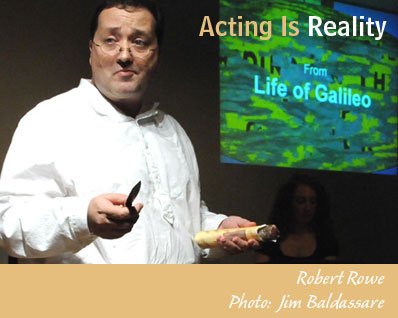In S.'s theatre a splendid naturalness went arm-in-arm with deep significance. As a realist he never hesitated to portray ugliness, but he did so gracefully.
— Bertolt Brecht, 1952

As we noted above, Stanislavski urged his actors to observe nature. The observation should include “what is beautiful,” – such as a flower or spider web, or the pattern of frost – but also “the darker side of nature” – such as might be found in marshes, slime, or insects. “[R]emember that hidden behind these phenomena there is beauty, just as in loveliness there is unloveliness. What is truly beautiful has nothing to fear from disfigurement. Indeed, disfigurement often emphasizes and sets off beauty in higher relief.” He urged his students to seek out “beauty and its opposite…”
Brecht rejected the notion that realism was inconsistent with style. "The idea here is that because fishwives are ignoble nothing noble can emerge from their lifelike representation. There is some fear that even queens may not appear quite noble if realistically portrayed. This is a bundle of fallacies. The fact is that when an actor has to represent crudity, meanness and ugliness, whether the subject be a fishwife or a queen, he simply cannot get along without delicacy, a sense of fairness, and a feeling for the beautiful."
© H. Clark Kee, 2009
